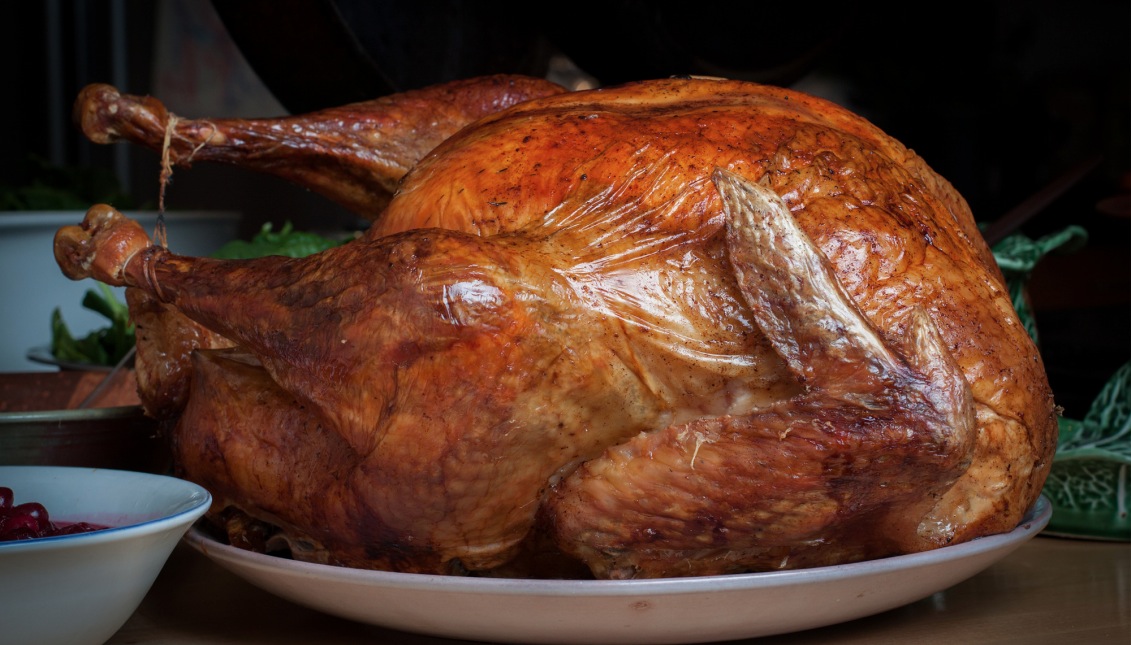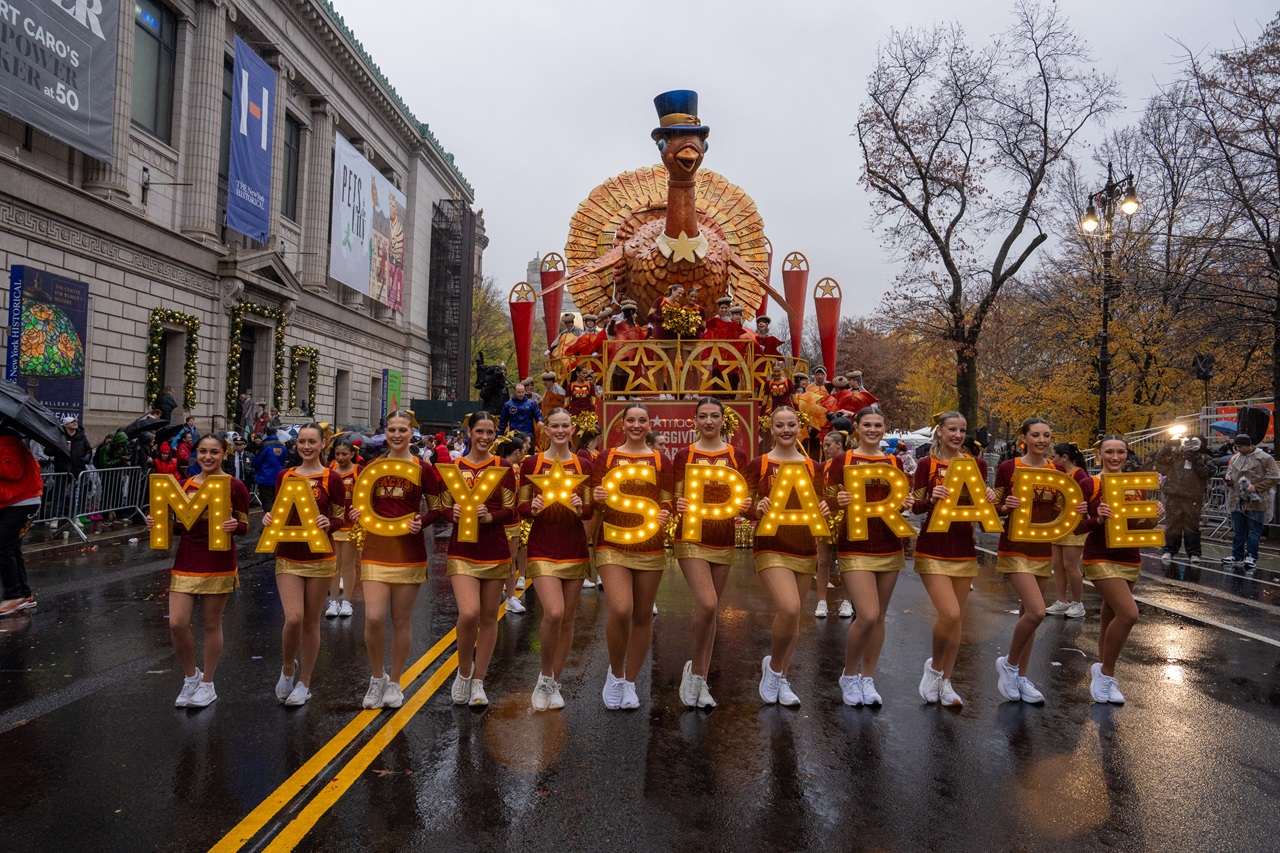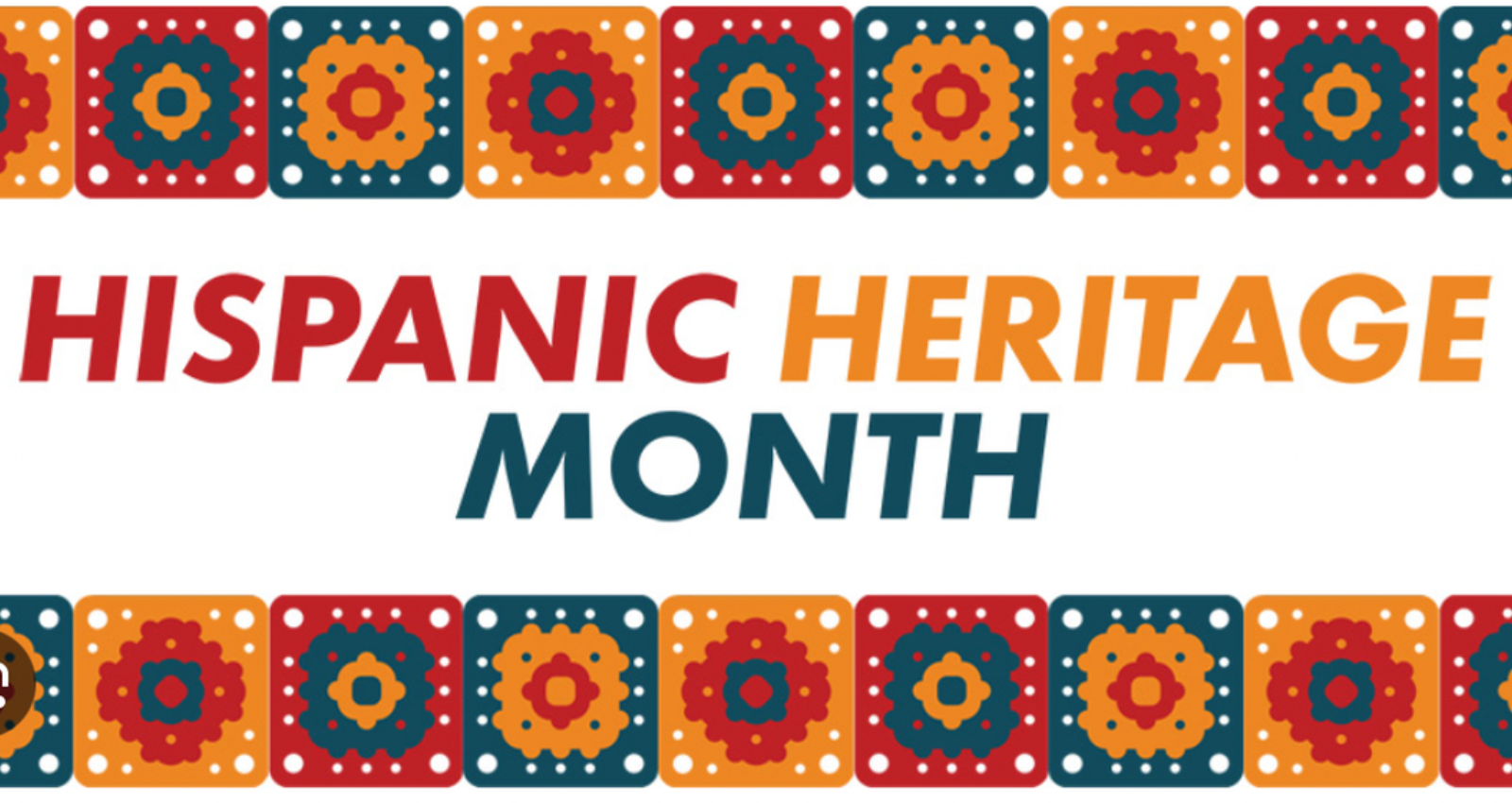
Who said turkey?
Today’s cultural diversity in the United States allows the Thanksgiving Day menu to be unconventional, creating a cultural cornucopia. Find out what…
As a woman of mixed racial background, holiday meals, particularly Thanksgiving, have always meant to me a blend of foods from different cultural backgrounds.
On Thanksgiving, I choose which household to have dinner at, which ultimately decides what type of food I enjoy. If I choose to eat at my maternal grandmother’s house, I am met with American, Southern-style traditional food: classic turkey, stuffing, macaroni and cheese, candied sweet potatoes, cranberry sauce, green beans, sweet potato pie, etc. All the makings of a traditional Thanksgiving meal.
If I go to my paternal aunt’s house for dinner, it’s a Puerto Rican and American-style hybrid Thanksgiving menu: turkey (but more moist and seasoned than traditional turkey thanks to Adobo and Sazón), arroz con gandules (rice with pigeon peas), pernil (roast pork), potato salad, stuffing, pumpkin pie and tembleque (coconut custard).
My family food experiences made me think about what it’s like for others in this country whose parents or grandparents may not be from here. Do they stick with their various culture’s foods during these American holidays? Do they intertwine food from both to create a cultural cornucopia? Or do they abandon the food of their heritage to engage in an all-out American feast?
Deonn Hurst describes her family’s Thanksgiving as “Jamaican food with a side of turkey.” Hurst’s family hails from Kingston, Jamaica, and including their cultural food is “a little taste of home” and a way to honor family and friends overseas.
“We like to make curry goat. No Jamaican celebration is complete without curry goat,” Hurst said. “The goat is cooked like a stew until tender. Potatoes are added to make the gravy extra rich and yummy. We also make oxtails, rice and pigeon peas and we serve a drink called sorrel. Sorrel is red flower that is boiled and steeped, sort of like tea. It's bright red and we flavor it with ginger and a splash of Jamaican white rum.”

Hurst’s family does include some traditional American foods in their Thanksgiving meal. “Stuffing and cranberry sauce are a must! We have turkey also. We usually order a Cajun-fried turkey breast — gotta have the spice,” Hurst said.
The combination menu is normal to Hurst’s family. “Those foods have become a part of our family tradition as well. I think my family would miss the stuffing, just as much as they would miss the rice and peas,” she said.
Heng Chhour’s family celebrates Thanksgiving with mainly Chinese food, but also food with Vietnamese, Cambodian, and Laotian influences.
“Generally there is at least a fried rice dish, a noodle dish, some veggie dishes, spring rolls, and a spicy stew,” Chhour said. The family also tries to incorporate traditional American food.
“My family, like most families, have the older generation and the younger generation celebrating together,” he said. “The older generation prefers the cultural dishes, while the younger generation enjoys the more traditional dishes. But everyone tries to enjoy a little bit of everything.”
Chhour believes that other families enjoy cultural food on this American holiday as well. “I presume that the older generation is doing the cooking during a family gathering, and if you have some sort of cultural background, it’s predominantly represented in food.”
Ritu Shah’s Indian family enjoys only Indian food on the holiday. “Our entire family comes over and helps to make pakoras, daal (lentils), chaawal (rice), subzi (vegetables with different spices or curry). My family is vegetarian, so turkey is not a possibility,” she said.
Shah’s family thinks it’s important to stick with cultural food for Thanksgiving. “My parents believe that it is a good way to celebrate with the family, by honoring our culture and teaching the kids in the family how to make our food and what our culture is about,” Shah said. “Thanksgiving is about celebrating with your family and nothing makes a good party like the food that reminds you of your childhood, your mom's cooking and your roots.”
Luly Nuñez’s family enjoys a Puerto Rican and American-hybrid Thanksgiving feast, but that wasn’t always the case. “When I was a kid, we didn’t celebrate Thanksgiving. We didn’t start until we came over here [from Puerto Rico] and then, all we ate was rice (arroz con gandules), potato salad and pernil (roast pork),” Nuñez said. “Once I saw that everyone was making turkey, I started making it. We picked up on the American way to do Thanksgiving.”
Her Puerto Rican menu includes pernil, arroz con gandules (rice and pigeon peas), and sometimes pasteles. Even though turkey is an American tradition, Nunez adds her own cultural spin. She seasons her turkey with homemade sofrito, Adobo, Sazón, and black pepper.
The rest of Nuñez’s American-style dishes consist of potato salad, green bean casserole, stuffing, and caesar salad.
Nunñez’s includes Puerto Rican food in her holiday menu because it’s tradition. “I would love to have a simple, American Thanksgiving one day. If it was just me, my husband, my kids and maybe my close family, I would do that. But I can’t do that will all of the family coming. Everyone expects rice.”
Angela Lanza’s family enjoys Italian cuisine along with classic American Thanksgiving dishes for the holiday. “We make a variety of pasta dishes such as lasagna, raviolis, and baked ziti. These are paired with Italian sausage, meatballs, and gravy of course,” said Lanza. “We have always have a turkey and all the typical Thanksgiving dishes along with the Italian food.”
Lanza said the different dishes have different meanings for her family. “The Thanksgiving food celebrates the meaning of the American holiday, while having the Italian dishes is more for the celebration of our own family and being together. It reminds me of my roots from Italy and how far my family has come over the past generations. You can imagine that we have a lot of food and leftovers every year.”
Lanza likes having both kinds of food for the holiday, especially the Italian dishes. “It has become a tradition because we all have a mutual love and appreciation for this food. My family likes to show their love through food and keeping it traditional makes it extra special.”
Jenny Nguyen’s Vietnamese family used to eat only cultural food for Thanksgiving, but now celebrates with American food.
“In the past, for Thanksgiving, my mom would take a vote on a special dish to cook for Thanksgiving. Sometimes we would have this elaborate seafood noodle soup dish, or beef noodle dishes. Sometimes we even do Hot Pot,” Nguyen said. “We had non-traditional food because my mom doesn't cook American food. If we wanted American stuff, we would have to buy it. But now that us older kids are grown up, we're making traditional Thanksgiving food ourselves.”

Nguyen’s family doesn’t combine the two types of food for the holiday like some others. “If my mom is cooking Asian food, then we don't incorporate any (American) traditional food because it doesn't go together. I can't imagine eating a seafood noodle soup with a side of stuffing.”
“The children of the house prefer the traditional Thanksgiving meal because they literally get that kind of food once a year,” Nguyen said. “The adults in the house don't mind making an Asian dish, so they're always up for that. But they think the American stuff is interesting so they don't mind that either. It’s only for one day after all.”
Zaineb Alhassani’s family combines American and Iraqi food for their Thanksgiving feast. “We have rice and stew, stuffed grape leaves, turkey, and mashed potatoes,” Alhassani said. “Stuffed grape leaves have rice, vegetables and spices in them. The stews that we make with rice are different every time, but tend to have vegetables and/or beans and/or beef or chicken as their main components.”

The main reason their family eats Iraqi food for the holiday is because it’s part of their daily meal, but they like to include traditional foods because it’s not something they normally eat.
“We incorporate (American) traditional foods because it’s good and the one time of year to try something different. Plus, no one eats turkey off season. It’s the only time most halal places offer a whole turkey.”
Alhassani believes other families share the mixed menu like hers. “I'm sure many other people incorporate their own cultural traditions into this American holiday, at least with one other dish. But I can't imagine anyone not having at least turkey at the table.”
Banner image: vxla, Flickr Commons










LEAVE A COMMENT:
Join the discussion! Leave a comment.